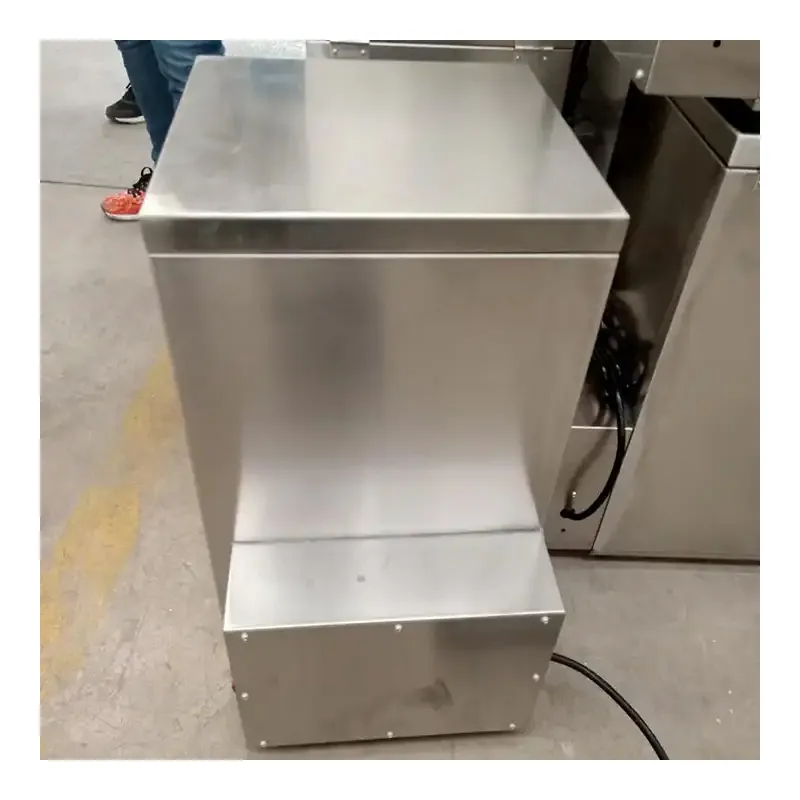Exploring the Benefits and Challenges of Poultry Chicken Cage Systems in Modern Farming
Nov . 19, 2024 18:50 Back to list
Exploring the Benefits and Challenges of Poultry Chicken Cage Systems in Modern Farming
The Impact of Poultry Chicken Cages on Farming Practices and Animal Welfare
Poultry farming has been a critical component of the agricultural industry for centuries, providing a significant source of protein for human consumption. Among the various practices in poultry farming, the use of chicken cages has garnered considerable attention and debate. This article explores the implications of chicken cages on farming practices, animal welfare, and sustainable agriculture.
The Structure and Purpose of Chicken Cages
Chicken cages are designed to maximize space and efficiency in poultry farming. Typically constructed from metal wires, these cages are often arranged in multi-tiered systems that allow for high-density housing of chickens. The primary purpose of these cages is to optimize the production of eggs and meat, reduce labor costs, and improve biosecurity by preventing the spread of disease among flocks.
Caged systems can vary widely, ranging from traditional battery cages, which confine birds to small spaces, to more modern enriched cages that provide nesting boxes, perches, and additional space for movement. While the latter aims to address some welfare concerns, the use of cages continues to spark significant controversy among animal rights activists, consumers, and some segments of the agricultural community.
The Debate on Animal Welfare
One of the most contentious issues surrounding chicken cages is the impact on animal welfare. Critics argue that traditional battery cages severely restrict the natural behaviors of chickens, such as nesting, scratching, and socializing. Chickens in these cages often experience stress and discomfort due to limited space and lack of environmental enrichment.
In recent years, there has been a growing movement advocating for cage-free systems as a more humane alternative. Cage-free environments allow chickens to roam freely, spread their wings, and engage in natural behaviors, which can lead to improved animal welfare. Some studies have shown that cage-free hens may have better overall health and lower stress levels compared to their caged counterparts.
poultry chicken cage

Conversely, proponents of caged systems argue that such practices allow for efficient production, reducing food costs and improving access to protein-rich food sources. They contend that modern caged systems can provide adequate care and that the overall health and productivity of the hens can be maintained. The ongoing debate poses a challenge for farmers to balance animal welfare with economic viability.
Impacts on Farming Practices
The choice of using chicken cages also influences broader farming practices. Intensive farming operations often rely on caged systems to achieve high levels of production. Such systems can lead to increased outputs and a more streamlined supply chain. However, the reliance on cages can create an environment where animal welfare is compromised, forcing farmers to consider the ethical implications of their practices.
With consumer preferences shifting toward more humane treatment of animals, many poultry producers are reevaluating their use of cages. The demand for cage-free eggs has surged, prompting various farms to transition to cage-free systems or adopt enhanced cage designs that offer better living conditions for the birds.
Looking Towards Sustainable Future
As discussions about chicken cages continue, sustainable practices are becoming increasingly important in the poultry industry. Integrating better animal welfare standards, reducing environmental impacts, and maintaining economic viability are crucial for the future of poultry farming.
Innovations such as integrated farm management systems and automated technologies can help farmers optimize production while improving the welfare of their chickens. Moreover, consumer awareness and advocacy are vital in encouraging poultry producers to adopt practices that align with ethical standards and sustainability.
In conclusion, chicken cages represent a complex intersection of agricultural efficiency, animal welfare, and ethical considerations. As society progresses, finding a balance between these aspects will be essential in shaping the future of poultry farming. By embracing sustainable practices and being mindful of animal welfare, the poultry industry can evolve to meet the needs of consumers while maintaining high standards of care for the animals it raises.
-
Hot Sale 24 & 18 Door Rabbit Cages - Premium Breeding Solutions
NewsJul.25,2025
-
Automatic Feeding Line System Pan Feeder Nipple Drinker - Anping County Yize Metal Products Co., Ltd.
NewsJul.21,2025
-
Automatic Feeding Line System Pan Feeder Nipple Drinker - Anping County Yize Metal Products Co., Ltd.
NewsJul.21,2025
-
Automatic Feeding Line System - Anping Yize | Precision & Nipple
NewsJul.21,2025
-
Automatic Feeding Line System - Anping Yize | Precision & Nipple
NewsJul.21,2025
-
Automatic Feeding Line System-Anping County Yize Metal Products Co., Ltd.|Efficient Feed Distribution&Customized Animal Farming Solutions
NewsJul.21,2025






